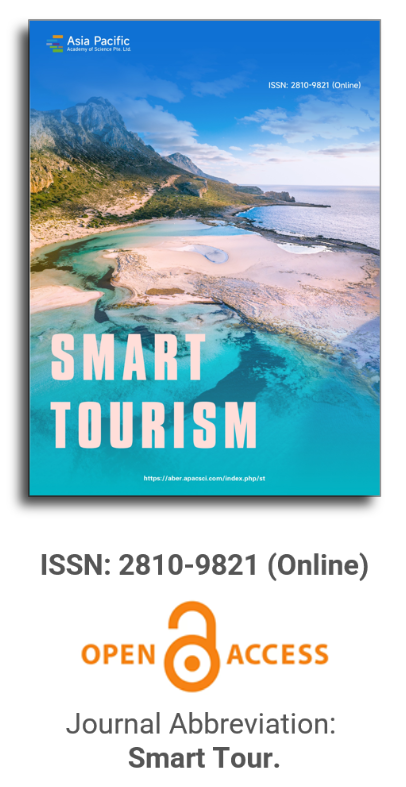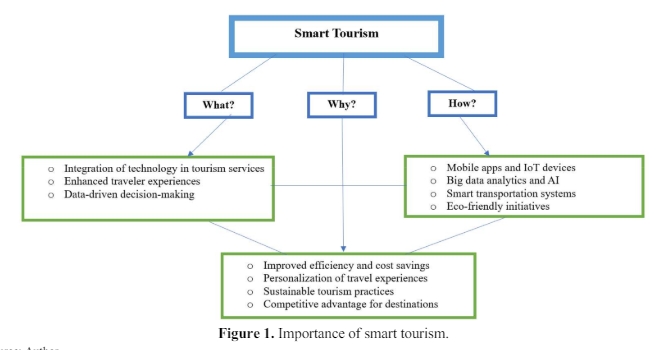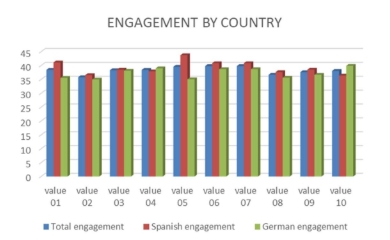


On the demand and behavior characteristics of “new tourists”— Content analysis based on Web Text
Vol 2, Issue 2, 2021
Download PDF
Abstract
With the development of information technology and the popularization of Internet applications, the proportion of tourists traveling with groups continues to decline, free travel has become the main form of travel, and the team of new tourists continues to grow and develop. This paper selects the travel notes of tourists as the research object, takes Xi’an as the tourism destination, collects samples, uses the content analysis method and applies the Rost CM6 software for in-depth analysis, obtains the tourism attractions and service facilities that tourists pay the most attention to, constructs the social semantic network of Xi’an tourism, and infers the needs and behavior characteristics of new tourists from the aspects of tourism viewing, tourism communication and tourists’ consumption, It also puts forward suggestions on the operation and marketing activities of tourism destinations and tourism enterprises.
Keywords
References
- Ma B. Perception of “new tourists” and related thinking. Journal of Tourism 2014; 29(8): 3–5.
- Dai B. Smart tourism: Technology, youth and age [Internet]. 2014 [2014 Jun. 11]. Available from: http://www.ctaweb.org/index.html.
- Wang Y, Yu Q, Daniel RF, et al. Defining the virtual tourist community: Implications for tourism marketing. Tourism Management 2002; 23(4): 407–417.
- Zhang A, Zhong L, Xu Y, et al. Research progress and enlightenment of foreign tourism virtual community. Human geography 2013; 28(5): 6–11.
- Woo GK, Chang L, Stephen JH, et al. Effects of an online virtual community on customer loyalty and travel product purchases. Tourism Management 2004; 25(3): 343–355.
- Wang Y, Daniel RF. Towards understanding members’ general participation in and active contribution to an online travel community. Tourism Management 2004; 25(6): 709–722.
- Gretzel U, Yoo KH. Use and impact of online travel reviews. Information and Communication Technologies in Tourism 2008; (3): 35–46.
- Jakob LJ. Virtual tourist: Knowledge communication in an online travel community. International Journal of Web Based Communities 2008; 4(4): 503–522.
- Irem A, Kyle MW, Elizabeth DB, et al. Residents as travel destination information providers: An online community perspective. Journal of Travel Research 2010; 49(4): 400–413.
- Hailin Q, Haeyoung L. Travelers’ social identification and membership behaviors in online travel community. Tourism Management 2011; 32(6): 1262–1270.
- Miao X, Bao J. “Zhonglele”: A qualitative study on “travel together” in tourism virtual community. Journal of Tourism 2007; 22(8): 48–54.
- Zheng Q, Zhang H. Study on perception, belonging and behavioral intention of members in tourism virtual community. Jiangxi Agricultural Journal 2009; 21(6): 178–180.
- Miao X. Academic definition, development status and influence of tourism network forum. Tourism Forum 2009; 2(2): 163–167.
- Yu W, Zhang Y. Empirical analysis on the formation mechanism of behavior tendency of participants in tourism virtual community. Tourism Science 2010; 24(4): 77–83.
- AI J, Shi H. Discussion on the construction and application of tourism virtual community. Silk Road 2010; (6): 56–59.
- Yu Y. Tourism virtual community: Concept, connotation and interaction mechanism. Journal of Hubei University 2012; 39(1): 111–114.
- Wang T, Xu Y, Ma Q, et al. Research on the function of sharing posts in tourism virtual community based on grounded theory. Journal of Beijing International Studies University 2011; 197(9): 11–17.
- Zhang G, Li J, Bi L, et al. Analysis on information interaction characteristics of tourism synchronous virtual community. Journal of Tourism 2013; (2): 119–126.
- Xiao L, Zhao L. Taiwan’s tourism destination image spread by the Internet—Content analysis based on cross-strait related websites. Journal of Tourism 2009; 24(3): 75–81.
- Zhang W, Dun X. To explore mainland tourists’ perception of Taiwan’s tourism destination image—Content analysis based on online travel notes. Journal of Beijing International Studies University 2010; (11): 75– 83.
- Fu Y, Wang X, Zheng X, et al. Research on tourism image based on network text analysis—Taking Gulangyu as an example. Tourism Forum 2012; 5(4): 59–66.
- Peng Z. Media content analysis. Beijing: Renmin University of China Press; 2012.
- Xie Y. Basic tourism. 3rd ed. Beijing: China Tourism Press; 2011.
Supporting Agencies
Copyright (c) 2021 Jun Liu, Suo Hao, Huizhan Wang
License URL: https://creativecommons.org/licenses/by/4.0

This site is licensed under a Creative Commons Attribution 4.0 International License (CC BY 4.0).

Prof. Hung-Che Wu
Nanfang College, Guangzhou
China
Indexing & Archiving
Asia Pacific Academy of Science Pte. Ltd. (APACSCI) specializes in international journal publishing. APACSCI adopts the open access publishing model and provides an important communication bridge for academic groups whose interest fields include engineering, technology, medicine, computer, mathematics, agriculture and forestry, and environment.



.jpg)
.jpg)

.jpg)

